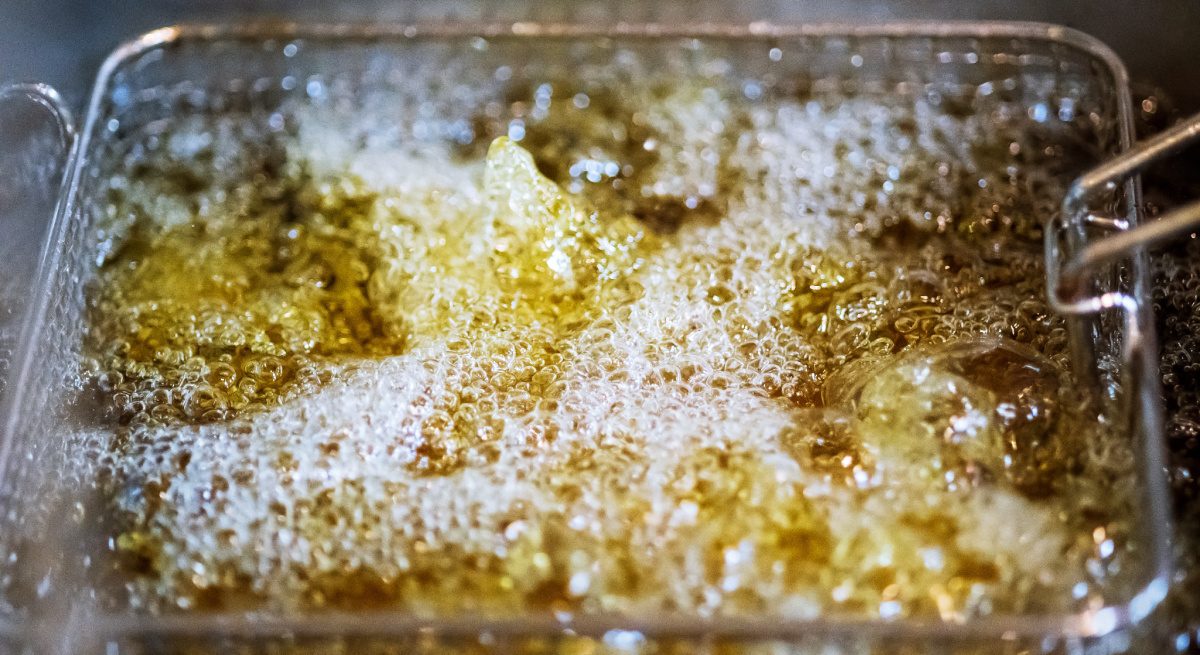Five Steps for Commercial Fryer Safety
3 Min Read By Greg Bailey
Every year, Americans eat an astounding 30 pounds of french fries – that’s a lot of fried potatoes restaurants are churning out.
National French Fry Day on July 13 celebrates the staple found on many restaurants’ menus. However, with deep-fat frying comes risk as the oil can easily reach near 400 degrees Fahrenheit and is extremely flammable, causing kitchen fires, scalds and more. An astounding 21 percent of restaurant fires are caused by deep fat fryers.
Ahead of the holiday, Society Insurance, which provides coverage to the hospitality industry, has put together a list of best safety practices for restaurants with deep fryers:
1. Do Not Overfill the Fryer
Kitchens can be a stressful place to work, especially when the orders start piling up during a busy time. It’s important to resist the urge to overfill the fryer. Be sure to strictly adhere to the manufacturer’s instructions regarding the amount of oil that the fryer should contain – it is dangerous to overfill or underfill a fryer with oil. Once the oil is added at proper levels, it’s important to avoid overfilling it with food. Overfilling with food will result in a lower quality final product for customers as well as increase the risk of burns to the employee.
2. Install Non-Slip Floor Mats
Keeping your footing while handling hot foods in the kitchen is important. It becomes even more important when you are handling boiling hot oil. Falling or tripping while working a commercial fryer can pose a safety hazard for the rest of the kitchen staff along with the fry cook. Non-slip floor mats combined with proper footwear have become a standard in commercial kitchens in an effort to increase safety and reduce the risk of burns.
3. Keep a Class K Fire Extinguisher Nearby
Anyone who has spent time in a kitchen knows that hot oil can cause fires. The most important detail about oil fires is that they can not be extinguished with water. This crucial detail makes it critical to have a Class K fire extinguisher in a nearby and easily accessible location. Class K extinguishers are designed for use on fires involving cooking grease, oils or fats. It is not enough to simply have one on hand, in fact it’s vital that staff is trained on protocols in the event of a kitchen fire. Employee training should ensure that everyone in the kitchen knows how to use the fire extinguisher.
4. Clean your Commercial Fryer Regularly for Safety
Regular maintenance and cleaning is an important safety factor for any kitchen equipment and a commercial fryer is no exception to this rule. Following regular cleaning procedures will not only increase the safety for employees but also extend the life of your equipment.
Daily or weekly checks typically include cleaning the inside and outside of the fryer cabinet, as well as looking for loose or frayed wires and cords, leaking oil, and any abnormalities not associated with regular use. These checks can be easily performed by an employee as part of their weekly kitchen routine. Prior to developing any of these procedures, it is important to read the owner’s manual for any warnings or special instructions which should be followed.
5. Consult the Owner’s Manual
While all of the points in this article are recommendations for safely operating a commercial fryer, none of it should replace the notion of closely following the owners manual for the equipment. Manufacturers are legally bound to give sound advice regarding how to properly operate equipment and it is always a good idea to closely adhere to the manual.
Whether you call them french fries or chips, eat them with ranch or ketchup, like them waffle or steak-style, commercial fryer safety is something to recognize every single day within your restaurant.


